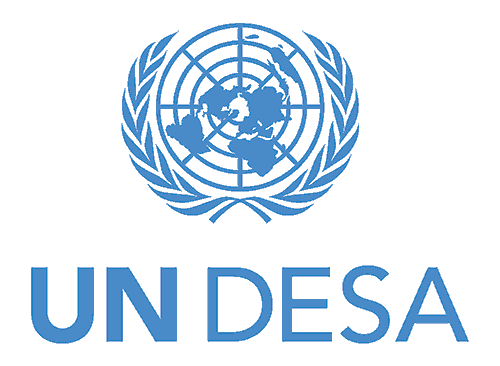Modelling Tools for Sustainable Development
Five quantitative modelling tools are being used by UNDESA and UNDP to help countries assess sustainable development policy options.
- The Climate, Land-use, Energy and Water Systems analysis and model (CLEWS)
- Economy-wide models
- Socioeconomic microsimulations
- Energy systems models
- Geo-spatial electrification access modelling
The tools use, to the extent possible, open source software and state-of-the-art knowledge. Continuous development and improvement, backed by a global community of experts, spurs innovation and overcomes challenges.
The Climate, Land-use, Energy and Water systems (CLEWS)
Climate, land-use, energy and water systems (CLEWS) models are tools for simultaneous consideration of food, energy and water security. They are designed to assess how production and use of these resources may contribute to climate change, and how climate change may affect resource systems.
By comparing different technologies and value chains, the model can identify pressure points, and indicate synergies and trade-offs to reach development goals. CLEWS can analyse policy decisions on issues such as the promotion of clean energy, competition for water and agricultural modernization.
CLEWS Mauritius
CLEWS Global
Economy-wide models
Economy-wide models are useful to assess “what-if” scenarios involving a variety of policies and shocks. They can shed light on the impacts of policies and shocks on employment, output, national budgets, imports and exports, and consumption patterns, among others.
Examples of policies assessed by the models include: increasing investments in education and health, investments in infrastructure, introduction of fuel or carbon taxes, and emissions cap regulations.
Fuel Tax & Development
Socioeconomic Microsimulations
Understanding how households and individuals experience policy choices and potential shocks is key to ensuring that benefits are inclusive and no one is left behind. Microsimulations offer insights for policies to eradicate poverty, reduce inequality, enhance food security and broaden access to energy, among others. The technique has been applied to policies related to taxes or subsidies, cash or in-kind transfers, and expanded access to modern energy, among other examples.
Growth and Social Inclusion
Estimating Electricity Consumption Using HH Surveys
Energy Systems Models
Energy systems models can be used for energy policy analysis or to conduct medium- and long-term energy planning. They can help assess the interplay between the technical and economic characteristics of energy technologies, and explore how technology choice impacts energy security, access and affordability, as well as the environment.
Energy Systems Analysis
Geo-spatial Electrification
The Open Source Spatial Electrification Tool (OnSSET) uses geospatial data to determine the most cost-effective conventional and renewable energy technologies for bringing electricity to specific localities. It is designed to identify means of providing access to safe, affordable and reliable electricity to households that currently do not have it. The model compares options such as connections to the electrical grid, and mini-grid or stand-alone systems. It factors in population density, distance to transmission and road networks, renewable energy potential, fuel prices and estimated electricity consumption per household, among other considerations.
